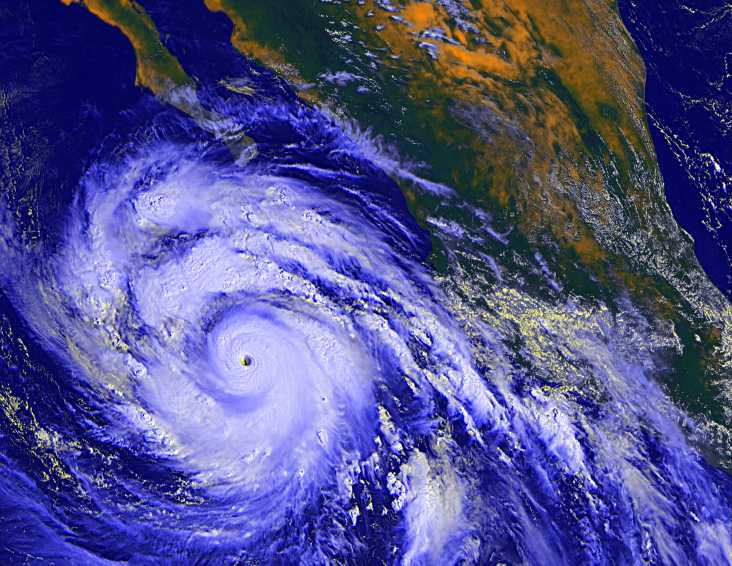Researchers at San Jose State have a theory that could explain the wind-driven explosive growth of the Valley Fire, and as strange as it sounds it’s … a hurricane.
Strengthening El Niño conditions have spawned an active Pacific hurricane season. Just as the Valley Fire was getting started, a dying hurricane named Linda was still pumping moist air into the upper atmosphere, well north along the California coast.
“And it’s really the mixture of those two air masses — the moist air aloft and the really dry air near the surface — that led to the development of these winds,” says Neil Lareau, a researcher at the university’s Fire Weather Research Lab and co-author of the article appearing on the lab’s website.
“Cooler air is actually denser than warmer air,” he explains. “So when you cool the air, it tends to sink towards the surface, and it also tends to develop higher pressure.”
That high pressure building just off the coast created a “burst of northwest winds” that bedeviled firefighters with 35 mph gusts.

